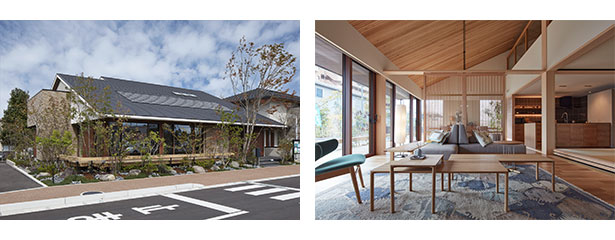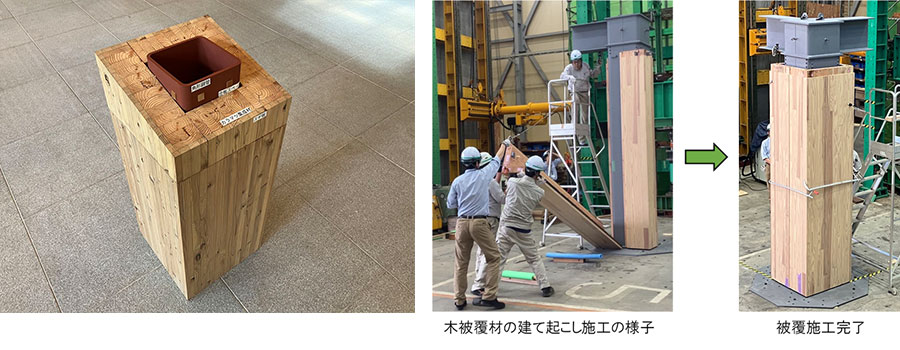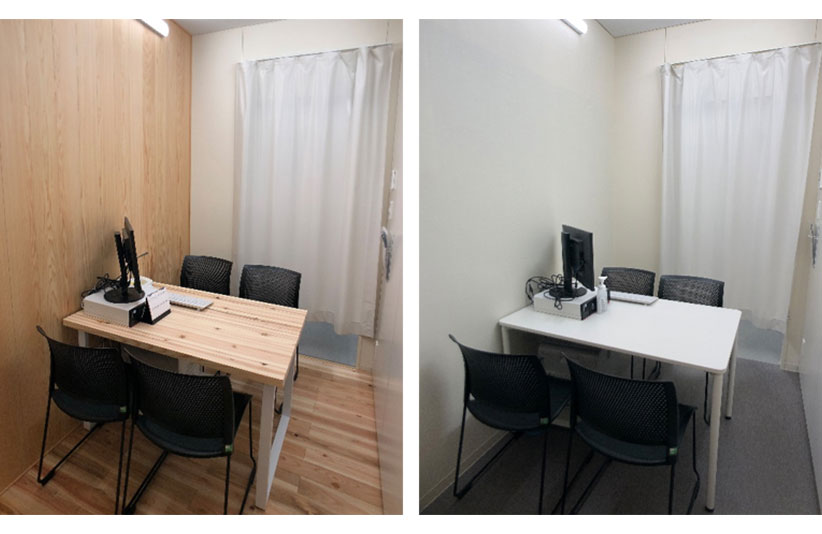Sumitomo Forestry Co., Ltd. (President: Toshio Mitsuyoshi; Head Office: Chiyoda-ku, Tokyo) has been awarded the 2024 Wood Design Award for a total of 10 projects. This marks the 10th consecutive year since the award’s inception in 2015, recognizing their sustainable architecture and technologies that utilize wood.

Contents Expanding the Potential of Wood to Contribute to Society-wide Decarbonization
Sumitomo Forestry operates globally with “wood” at the core of its businesses, encompassing forest management, wood processing, construction, real estate development, and even wood biomass power generation. The Wood Design Award honors efforts and technologies that reimagine the value of wood through design, addressing societal challenges. Sumitomo Forestry’s consistent recognition over a decade highlights the value of their contributions.
The company received high praise across the three award categories—Lifestyle Design, Social Design, and Heartful Design—for their proposals for sustainable lifestyles, local community sustainability, and designs enhancing mental and physical well-being. Sumitomo Forestry Group projects emphasize Japan’s traditional architecture and local materials, offering enriched living spaces.
Furthering this commitment, they have launched the “Mission TREEING 2030” long-term vision, aiming to promote a “wood cycle” by 2030. This involves increasing forests’ CO₂ absorption capacity and sequestering carbon through wood-based architecture to contribute to decarbonization on a societal scale. This award celebrates the success of their efforts, with a continued focus on building a sustainable society centered around wood.
【Key Awarded Projects by Category】
■Architecture & Spatial Design
“Enjoying a Japanese Way of Life”
Sumitomo Forestry’s “Enjoying a Japanese Way of Life” home is designed to enhance time spent at home, a nod to the rise in telecommuting during the COVID-19 pandemic. At the Oita exhibition model, a Japanese-style room serves as the centerpiece in a “tan-no-ji” layout that connects the kitchen, dining, and living areas, embodying the continuity of traditional Japanese architecture. The exterior resembles a one-story house, and the interior features a sloped ceiling of domestically sourced oak. This semi-two-story structure has become popular among diverse family groups, including working couples. Approximately 54.6% of the materials used, including structural and interior materials, are domestically sourced, incorporating local bamboo crafts and tatami rush.

■Technology & Building Materials
Wood-Covered Rectangular Steel Pipe Columns
Sumitomo Forestry developed an innovative technology for rectangular steel pipe columns with fire resistance achieved solely through wood materials. Made from larch and cedar, this product received the Ministry of Land, Infrastructure, Transport, and Tourism’s certification for one-hour fire resistance. The segmented cover material facilitates post-construction application, protecting against scratches and dirt. Using only wood increases carbon sequestration, thus reducing environmental impact and providing rich, wood-accented architectural spaces for offices and educational facilities.

■Research & Studies
Preliminary Study on the Effects of Wooden Therapy Rooms on Mental and Psychological Therapy
Sumitomo Forestry, Jikei University School of Medicine, and BrainEnergy conducted a clinical trial involving 20 patients with depression in an actual hospital therapy room. One of two therapy rooms was outfitted with domestic cedar wood, with preliminary findings suggesting that the scent of wood has a positive impact on patient treatment continuity. They aim to apply these findings to create comfortable spaces in hospitals and other settings.

